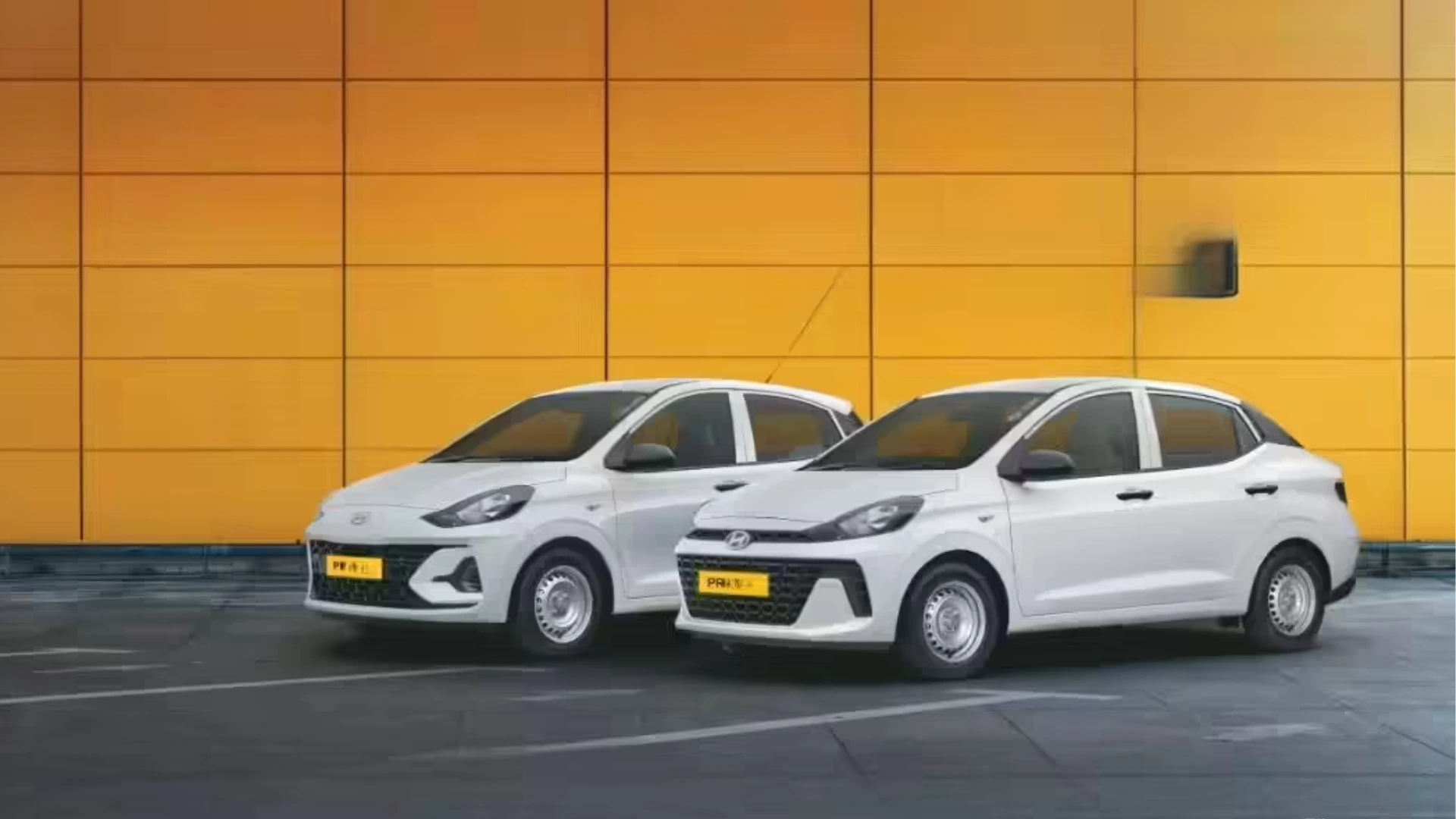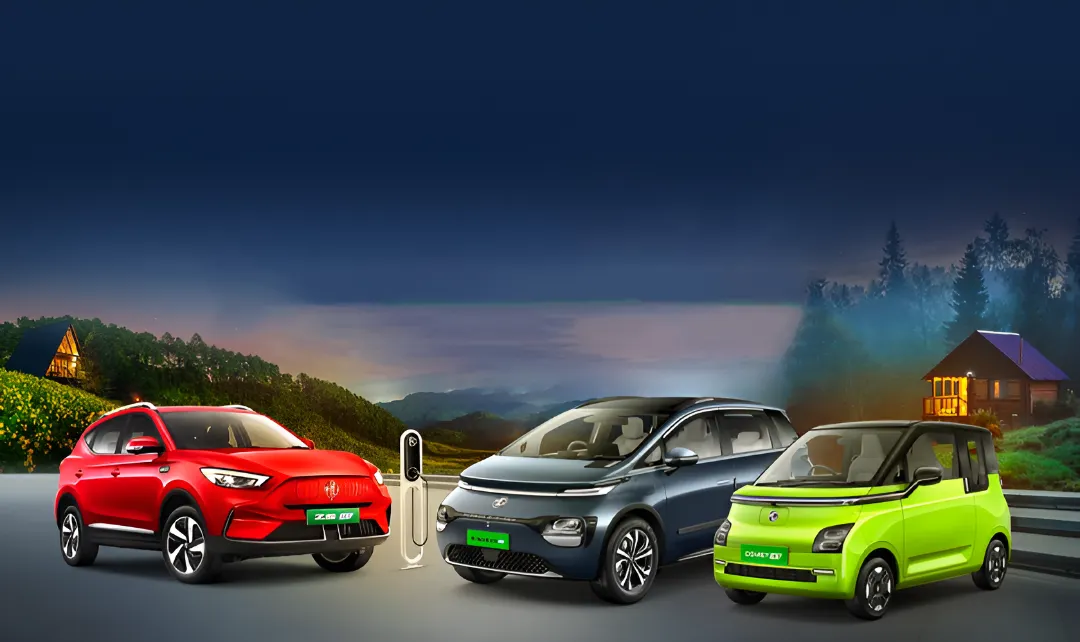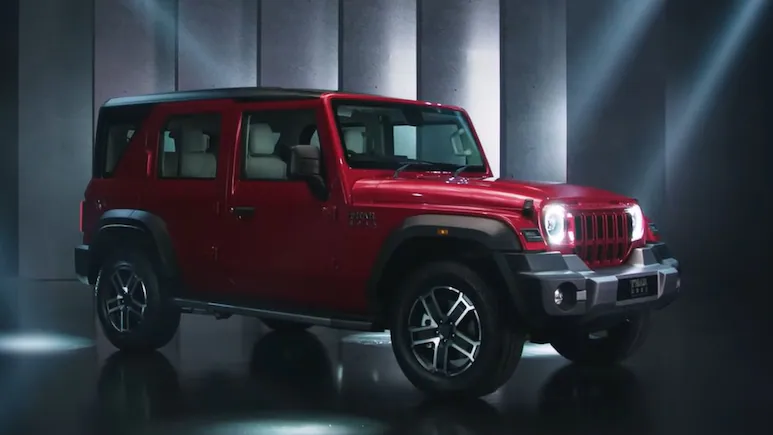Most are in the empire of protection, but some are involved as clear accessibility. Usually, state-of-the-art features from the companies are offered on top-end cars as choices and ultimately filter down to less costly vehicles as rate failures, awareness enhances and demand rises. Here is an assortment of technologies previously offered that might be popularity only a year or two from now.
Rear-attached radar
However, rear-pointing radar has been everywhere for a few years that waing drivers to unnoticed objects instantly behind them — a boundary, wall, tree or another car — innovative radar technology explorations for impending cross traffic. When it “perceives” traffic upcoming although you’re supporting up, it sounds an apprehension. Chrysler’s version is offered in its minivans and is named Cross Path Detection System. It comprises visual pointers in the exteal mirrors. Ford’s system is named Cross Traffic Alert. Provided in the just-released 2010 Fusion and Mercury Milan, it also has exterior mirror alarm pointers.
Night vision with pedestrian detection
Even though night vision in cars isn’t an innovative technology — Cadillac presented it in 2000 — the Mercedes-Benz updated version is named Night View Assist Plus. As like the Night View Assist, which has been offered in the S-Class since 2005, the innovative system locates ramblers, emphasizing them on a console screen. It’s available in the 2010 E-Class in stores late this spring. BMW has an equal system with a humdrum identifier that also exhibits the way the pedestrian is shifting. As the distance is adjoining between pedestrian and vehicle, a cautionary seems on the night vision display as well as the head-up screen on the windshield if it is fortified. BMW offers this cutting-edge system on the 2009 7 Series.
Automatic high-beam control
In the restyled RX, Lexus provides a system that automatically lights and darkens the high-beam headlights in terms of upcoming traffic. A camera is fixed on the rearview mirror notices when the vehicle is adjoining on oncoming traffic, as well as cars ahead going in the same track, and unfastens the high rays. Mercedes-Benz takes the technology on the advanced way with its Adaptive Highbeam Assist. Likewise found in the innovative E-Class, it doesn’t only shift between low and high beams, but responds by bit by bit growing or dropping the light circulation based on the distance of impending traffic. It also lowers the high beams for harsh cracks and then re-involves the high beams if there is no forthcoming traffic once the tu
is completed.
Parental control
Parents who are frightened their teen driver may speed or be unfocused by playing the scar’s audio system at an extreme volume can make use of Ford’s cutting-edge MyKey system to confine speed and volume. When automatic, MyKey confines the speed to 80 miles every hour. It can also be automatic to limit the audio volume and to sound an endless terror if seat belts are left loosened. Ultimately available in the entire Fords, MyKey is provided in the lately announced 2010 Escape Hybrid and Mercury Mariner Hybrid.
GPS vehicle tracking
Watching it live needs only Inte
et access. Minor and handy, the tracking device can be shifted from vehicle to vehicle. It can also wa
parents via their cell phone if the vehicle’s fixed speed verge is surpassed or if the vehicle goes into/exits several parts. It and related LiveViewGPS products are also convenient tools for businesses that have to monitor their fleet vehicles.
Cameras
At the present, the rivalry looks to have substituted to cameras. Camera devices that offer a scene behind the vehicle when moved into opposite are so yesteryear. The cutting-edge trend is in the direction of various cameras offering distended areas of view. Offered on its present 7 Series, BMW’s Valeo multicamera system uses three to five cameras, it depends on the version, to show a panoramic view when parking. Precise distances are indicated by lines on the image. It also sounds an alarm when the vehicle adjoining in on an invisible object throughout the maneuver. Infiniti’s Around View Monitor has four wide-angle cameras equipped in the forward-facing, rearmost and sides, offering a birds-eye, 360-degree view for parking determinations. Distances are demonstrated by color visuals, and a beeping alarm sounds when the car adjoins in on an object. It’s offered on the EX35 and FX.
Driver capability
However, it might be advantageous to have an organization that assesses driver ability and terminates the vehicle when incompetence is perceived; we aren’t there up till now. But technology subsists that measures a driver’s suitability and issues notice when a driver is umpired overly tired or reduced. Attention Assist, available in the 2010 Mercedes-Benz E-Class, evokes a driver’s standard performance behind the wheel and founds it as the driver’s model profile. Frequently gauging features such as speed, crosswise acceleration, and navigation wheel angle, pedal utilize and so forth, the system regulates if there is any abnormality from the baseline. If so, it waings the driver visually and perceptibly that it’s break time. However, peripheral impacts such as crosswind and road surface are factored in.
In-car Inteet
Even though original Wi-Fi Inteet access from a stirring car is still in the future — notwithstanding the adjacent future — there are systems that enable for surfing making use of smartphone technology. The primary system to fit your car into a Wi-Fi hotspot is Autonet Mobile. Chrysler presently offers its UConnect Web system in numerous models while Ford offers a system named Ford Work Solutions on the present F-150 pickup automobile that mainly targets workers. It merges various know-how into an incorporated system that can complete a wide range of jobs from preserving your tool list to referring out invoices, making spreadsheets and surfing the Inteet through the Sprint Mobile Broadband Network.










